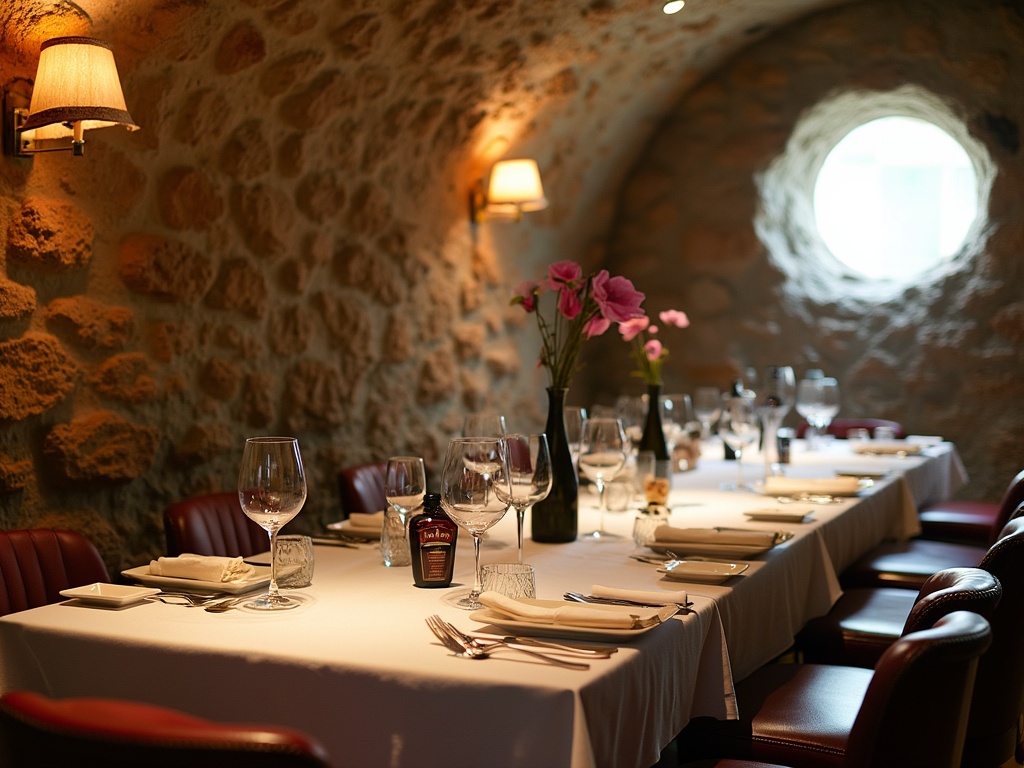Tokyo's underground scene holds a network of historic districts, secret shopping streets, and sacred spaces that maintain their authentic character. Post-WWII black markets transformed into lively alleyways while ancient shrines and temples survived wartime bombardment. These off-the-beaten-path areas showcase Japan's rich cultural heritage in its purest form.
Key Takeaways:
- Historic districts like Harmonica Yokocho and Yanaka feature original architecture and traditional businesses that transport visitors to bygone eras
- Secret shopping streets such as Sunamachi Ginza and Yanaka Ginza retain their authentic 1950s atmosphere with local merchants selling time-honored goods
- Hidden religious sites including Hakusan-Jinja and Nezu Shrine provide serene escapes from busy tourist destinations
- Cultural quarters like Shin-Okubo and Monzen Nakacho deliver genuine local experiences with unique neighborhood identities
- Underground drinking and dining spots in areas like Golden Gai and Ebisu Yokocho create cozy spaces for authentic Japanese cuisine and meaningful connections
Historic Hidden Districts That Time Forgot
Preserved Neighborhoods of Old Tokyo
Tokyo's lesser-known historic districts tell stories of resilience and tradition. Harmonica Yokocho in Kichijoji started as a post-WWII black market, transforming into a maze of narrow alleys packed with tiny bars and family-run shops. I've found its vintage atmosphere remains authentic, with weathered storefronts and local vendors selling everything from fresh produce to handcrafted goods.
The Yanaka area stands as a rare survivor of Tokyo's wartime bombings. Here's what makes this district special:
- Traditional wooden houses (nagaya) line the streets
- Local craftsmen still operate from century-old workshops
- Taiyakuen temple houses ancient cherry trees
- Tennoji Temple features a striking bronze Buddha statue
Shibamata District preserves the essence of Showa-era Japan through its famous connection to the “Tora-san” film series. The district's main shopping street, Taishakuten Sando, leads to the historic Taishakuten Temple. Small shops selling traditional sweets and crafts occupy buildings that haven't changed in decades. Walking these streets feels like stepping into a living museum of 1950s Tokyo, complete with vintage signage and original architecture.
These districts offer authentic glimpses into Tokyo's past, far removed from the neon-lit streets of Shibuya or Shinjuku. They're perfect for experiencing genuine Japanese culture without the tourist crowds.
Secret Shopping Streets and Market Alleys
Local Market Streets
Tokyo's hidden shopping streets offer authentic experiences far from mainstream tourist spots. Sunamachi Ginza stands out with its traditional vendors selling fresh produce, handmade crafts, and local delicacies. The street maintains its authentic charm from the 1950s, with elderly shop owners greeting customers just as they did decades ago.
Historical Alleyways
I recommend these key spots for the best shopping experience:
- Yanaka Ginza preserves its Edo-period character through wooden shopfronts and classic snack stalls
- Ebisu Yokocho transforms at sunset with red lanterns illuminating tiny bars and food stalls
- Early afternoon visits (2-4 PM) promise smaller crowds and active vendors
The narrow passages of Ebisu Yokocho create an intimate atmosphere where you'll bump shoulders with locals picking up their daily essentials. Each alley tells its own story through decades-old family businesses and seasonal decorations that change throughout the year.
Sacred Spaces: Underground Shrines and Temples
Hidden Religious Heritage
Tokyo's lesser-known shrines hold centuries of spiritual significance beneath the city's modern exterior. The Hakusan-Jinja Shrine dates back to the 10th century, offering a peaceful sanctuary away from tourist crowds. Its ancient stone pathways and traditional architecture transport visitors through time.
The Nezu Shrine stands as a striking example of preserved Edo-period architecture. I recommend visiting during June's Ajisai Matsuri festival when 3,000 hydrangeas bloom around the shrine's famous vermillion torii gates. The gates create winding tunnels of vibrant red, leading visitors through serene garden paths.
Several key features make these spaces unique:
- Original wooden structures maintained for centuries
- Traditional purification fountains for ritual cleansing
- Hidden meditation areas beneath ancient trees
- Sacred rope decorations marking holy spaces
The Asakusa-jinja Shrine tells a powerful story of resilience. While much of Tokyo faced destruction during WWII, this shrine remained standing – a testament to its spiritual importance. Today, its original features remain intact, including intricate wood carvings and ceremonial spaces.
These sacred spots maintain their authenticity through limited promotion, protecting their spiritual atmosphere and historical value. Local worshippers still perform daily rituals here, carrying on traditions that span generations.

Hidden Cultural Quarters
Local Cultural Hubs
Tokyo's authentic cultural experiences lie in its lesser-known districts. Shin-Okubo pulses with Korean influence, featuring hidden gems like Seoul Cafe where locals gather for traditional bibimbap and K-pop performances. Just a short train ride on the Hibiya line, you'll find Monzen Nakacho, a preserved temple town that feels frozen in time.
Here are some authentic spots I recommend exploring:
- 2D Cafe in Shin-Okubo – A unique space where anime meets reality
- Seoul Cafe – Known for late-night Korean street food
- Monzen Nakacho's local tea houses – Perfect for traditional Japanese sweets
These areas are easily accessible via Tokyo's efficient subway system. The Tozai, Ginza, and Oedo lines connect these cultural pockets, making it simple to hop between neighborhoods. Each district maintains its distinct character while remaining refreshingly tourist-free.
Underground Drinking and Dining
Hidden Alleyway Bars
Tokyo's underground drinking scene thrives in its narrow alleyways and basement haunts. Golden Gai's Lonely Bar stands as a tiny six-seat establishment where solo travelers can find authentic connection with locals. Down in Ebisu Yokocho, traditional izakayas pack tight corridors with the scent of grilled yakitori and simmering hotpots.
Secret Food Spots
Hidden food gems dot Tokyo's lesser-known districts. I've discovered these spots that locals frequent for authentic dining:
- Harmonica Yokocho's weathered yakitori stands serve skewered chicken parts grilled over charcoal
- Traditional coffee shops tucked between vintage shops offer pour-over coffee and homemade sweets
- Suzukien's legendary matcha soft serve features seven intensity levels of green tea flavor
- Family-run basement izakayas serve seasonal specialties passed down through generations
These discrete locations often have no English signage and require careful timing – many open late and close in early morning hours. While some spots maintain an invitation-only policy, most welcome curious visitors who show respect for local customs. Street-level entrances often lead to basement labyrinths filled with independent eateries and bars, each with their own specialty dishes and drinks.

Sources:
City Unscripted Travel Blog: Hidden Gems Tokyo
Where Angie: Hidden Gems in Tokyo
Truly Expat: Hidden Gems Tokyo
The Invisible Tourist: Tokyo Hidden Gems Secret Places





